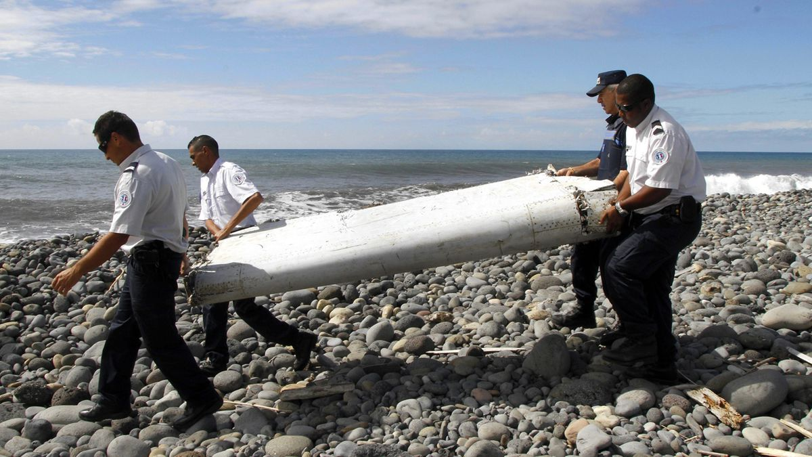In a perplexing aviation mystery that has baffled experts and investigators for years, Malaysia Airlines Flight 370 vanished without a trace on March 8, 2014, leaving behind a trail of unanswered questions. Despite extensive efforts to locate the aircraft, it has remained an enigma, prompting numerous imaginative theories about its fate. However, a novel approach based on barnacles offers a glimmer of hope in shedding light on the mysterious disappearance.
In the early hours of March 8, 2014, Malaysia Airlines Flight 370 embarked on its journey from Kuala Lumpur to Beijing, carrying 227 passengers and 12 crew members. Just 38 minutes after takeoff, the aircraft’s communication abruptly ceased as it traversed the South China Sea. The ensuing events—deviation from its intended path, radar tracking, and eventual disappearance over the Indian Ocean—have spawned numerous speculations about the aircraft’s fate, including terrorism, hijacking, and even extraterrestrial involvement.
Despite extensive searches, the mystery surrounding the aircraft’s whereabouts persisted. A four-year-long search involving advanced technologies failed to yield any significant results within the vast expanse of the Indian Ocean, covering approximately 28.3 million square miles (72.4 million square kilometers).

Enter Gregory Herbert, an associate professor in the University of South Florida School of Geosciences. Drawing inspiration from debris discovered on Réunion Island—debris subsequently confirmed to be from Flight 370—Herbert turned to barnacles for potential answers. Notably, a flaperon from the aircraft was found to be colonized by stalked barnacles known as Lepas antisera. These barnacles intrigued Herbert due to their growth patterns and the information locked within their shells.
Barnacles, it turns out, add layers to their shells daily. These layers contain isotopes of oxygen that vary based on the water temperature in which the debris was afloat. By examining these isotopes and correlating them with oceanographic data, Herbert’s team aimed to create drift profiles that could potentially backtrack the journey of the debris.

Through controlled experiments involving barnacles grown in laboratory conditions, Herbert’s team successfully linked the oxygen isotope levels in the shells to surface water temperatures found along the projected course of Flight 370 in the Indian Ocean. This breakthrough allowed them, in conjunction with oceanographers from the University of Galway, to estimate the drift path of the debris based on recorded temperature variations.
Although the exact crash site remains elusive due to the unavailability of the most enormous barnacles for analysis, this innovative technique offers hope. It promises to narrow down potential search areas and renew efforts to locate the aircraft’s wreckage, potentially bringing closure to the families of the missing passengers and crew.

Nasser Al-Qattan, a USF geochemistry doctoral graduate who analyzed the barnacles, emphasized the emotional significance of the research. “Knowing the tragic story behind the mystery motivated everyone involved in this project to get the data and have this work published,” he stated. The new approach, born from the desire to unravel the plane’s fate, could rekindle the search effort suspended in 2017 and provide solace to the families affected by the disappearance of Malaysia Airlines Flight 370.
The research findings have been published in AGU Advances.


